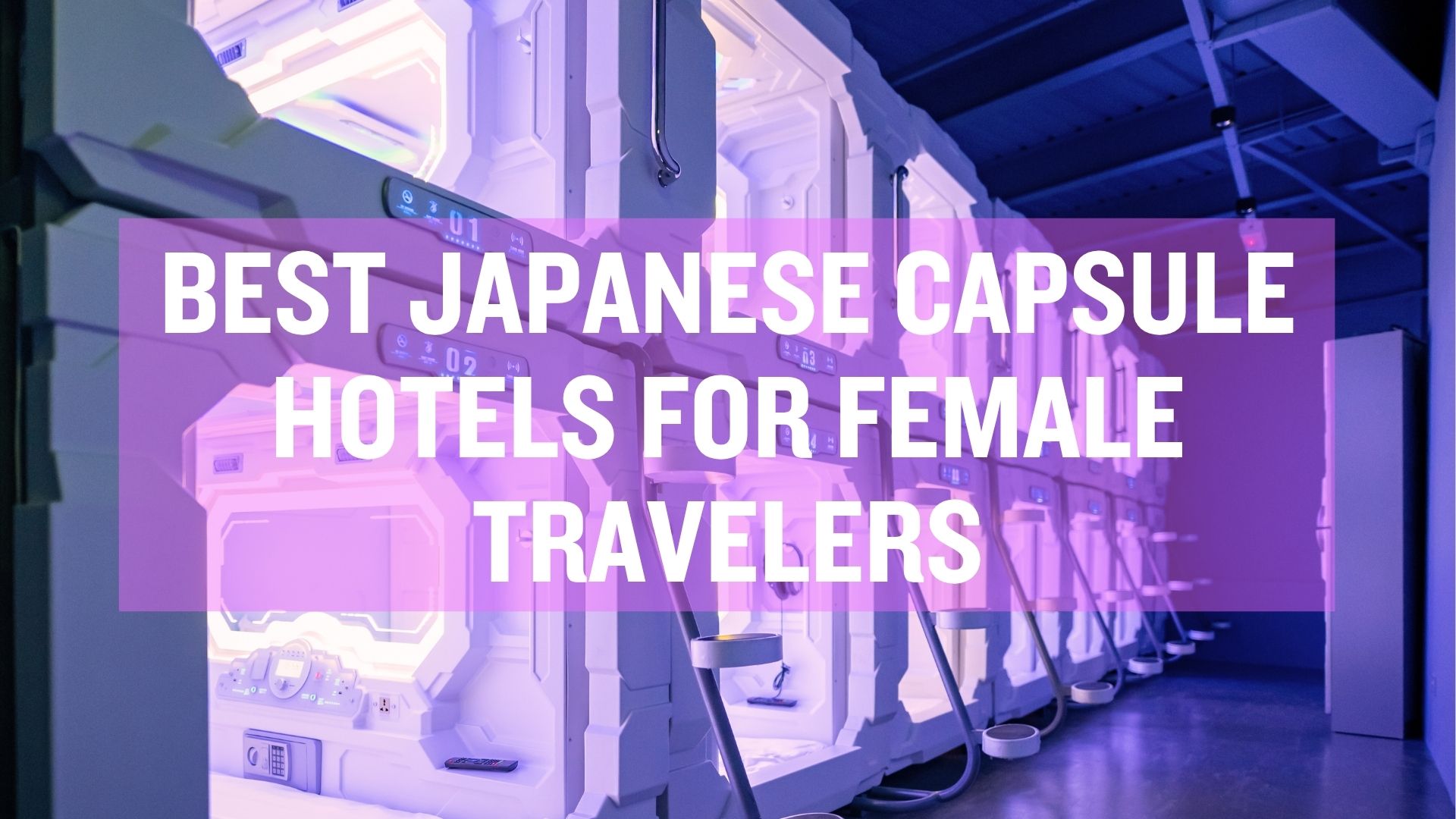Note: The NEW Teamlab Borderless has opened in Tokyo in Azabudai Hills! Visit the remake of the OG Teamlab museum by booking tickets on Klook here.
This article contains affiliate links. Whenever you purchase something through one of these links, I receive a tiny commission at no additional cost to you. Through commissions I keep my travel blog ad-free. Thanks for your support!
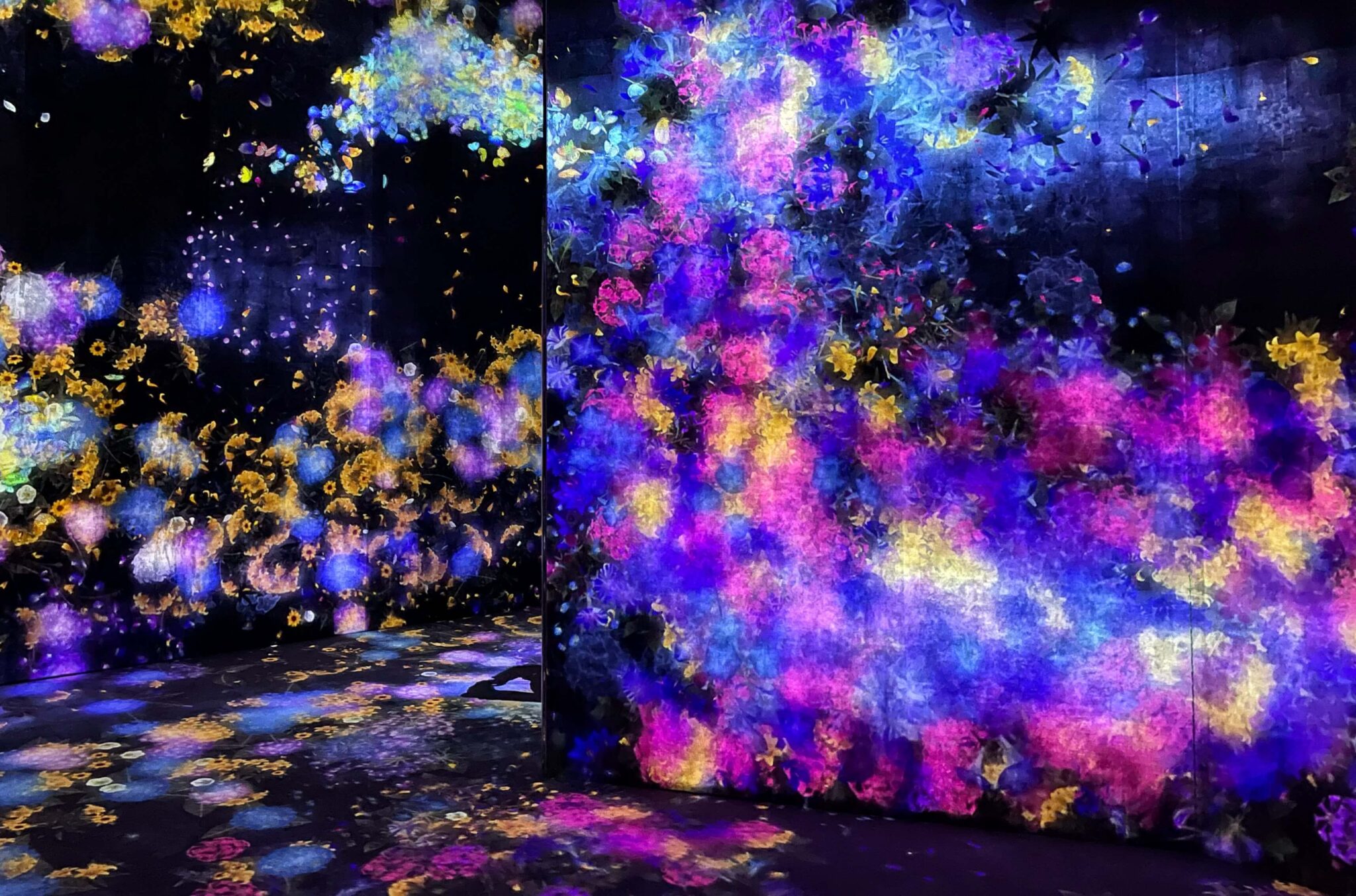
First: Teamlab Tokyo and Osaka logistics
Teamlab Planets (Toyosu, Tokyo)
Hours: 9:00 to 22:00, last entry 21:00 (summer)
Address: teamLab Planets Tokyo, Toyosu 6-1-16, Koto-ku, Tokyo (Map)
Price: ¥3,200+ ($22 USD) (Tickets) Note: Tickets are often more expensive on the weekends and holidays.
Closest Station: Shin-Toyosu Station
Tips for visiting: Wear shorts or pants that can roll up so you can walk in water. Towels are provided. Expect to wait in line upon arrival.
Teamlab Borderless (Azabudai, Tokyo)
Hours: 10:00 to 21:00, last entry 20:00
Address: Azabudai Hills Garden Plaza 1-2-4 Azabudai, Minato City, Tokyo (Map)
Price: ¥3,800+ ($25 USD) (Tickets)
Closest Station: Kamiyacho Station
Tips for visiting: As a newly-opened museum, be sure to book tickets in advance!
Teamlab Botanical Garden (Osaka)
Hours: 19:00 to 21:30, last entry 20:30
Address: Nagai Botanical Garden 1-23 Nagaikoen, Higashisumiyoshi-ku, Osaka (Map)
Price: ¥1,600+ ($12 USD) (Tickets)
Closest Station: Nagai Station
Tips for visiting: Wear comfortable walking shoes and bring mosquito spray in warmer months. Some uneven surfaces and dark paths. Evening entry only.
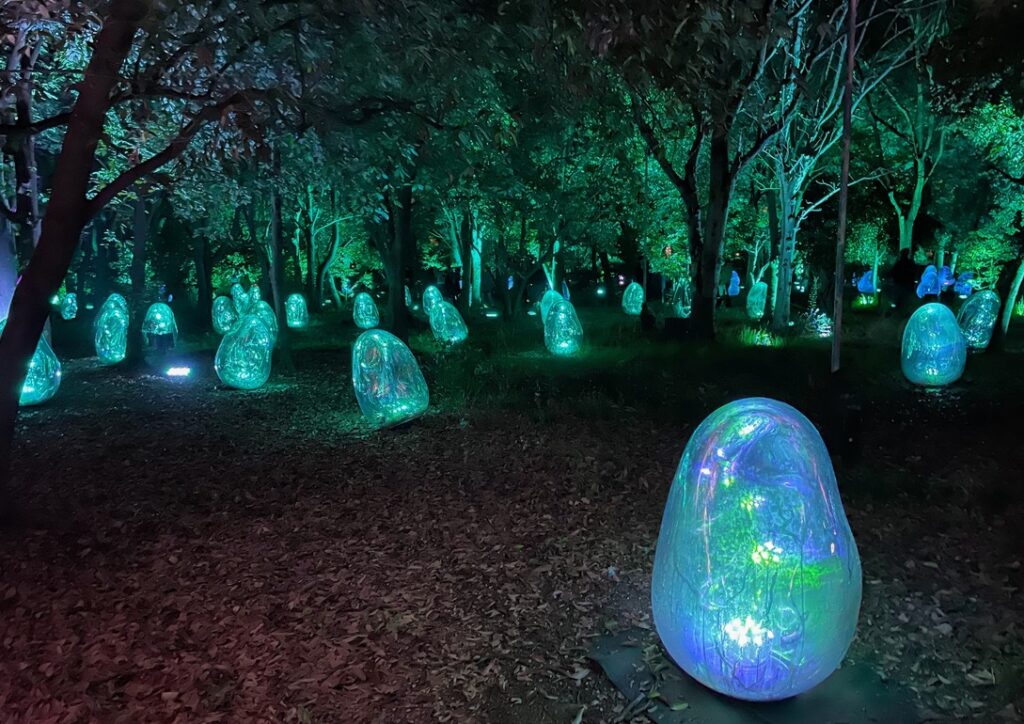
Is it worth going to *both* Teamlab Tokyo and Teamlab Osaka on a trip to Japan?
Answer: Yes, if you are a big fan of the Teamlab concept.
No, if you are struggling for time during your Japan itinerary.
This is different to my advice around visiting Teamlab Borderless or Teamlab Planets in Tokyo. Both of these Teamlab museums include similar exhibits, so I recommend visiting only one Teamlab in Tokyo during a Tokyo itinerary.
If you find yourself struggling for time in either your Tokyo itinerary or Osaka itinerary – consider dropping one of the Teamlab exhibits.
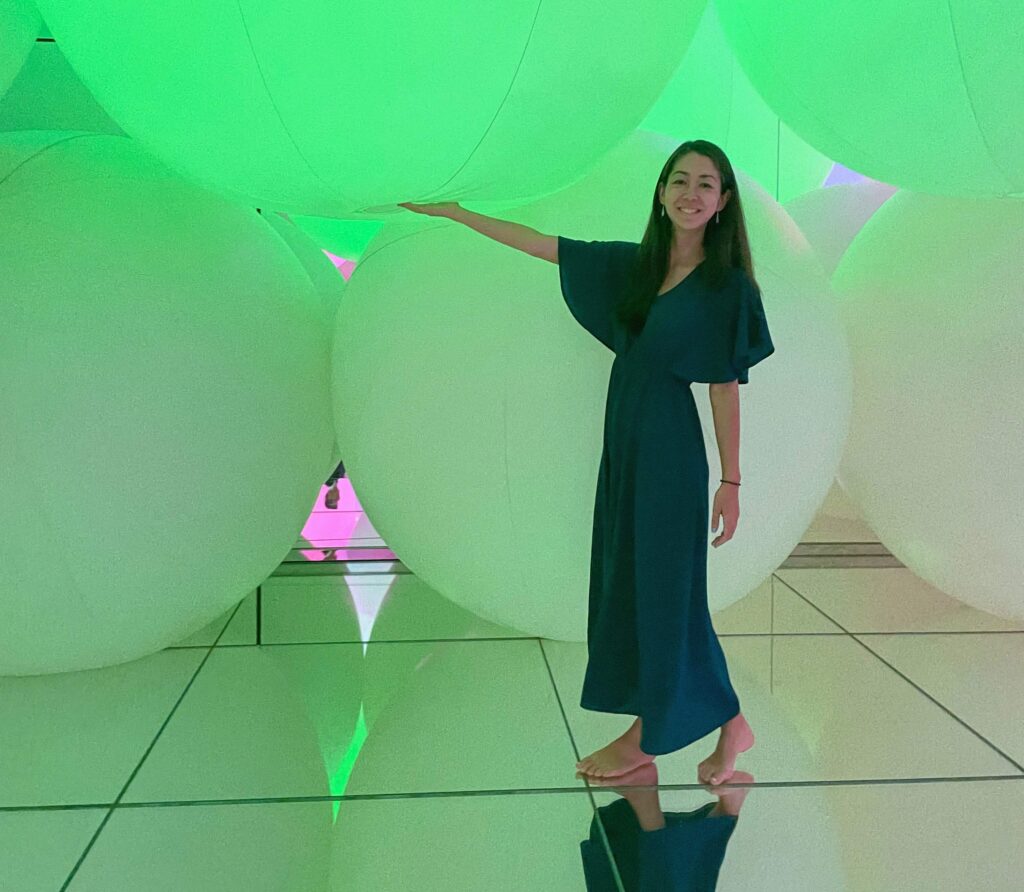
How much time will you spend at each Teamlab museum?
Answer: Plan to spend about 1-1.5 hours at Teamlab Planets (Tokyo) and Teamlab Osaka, and 2.5-3 hours at Teamlab Borderless.
Both of my visits to Teamlab Planets and Teamlab Botanic lasted about 1 hour. That’s one hour from the first photo I took inside each museum to the last photo I took when I left.
This does NOT include time waiting in line (30 minutes at Teamlab Planets) nor the time it talks to walk to the Teamlab destination from the closest station (10 minutes for Teamlab Botanic).
Which Teamlab museum is better to visit if you are short on time?
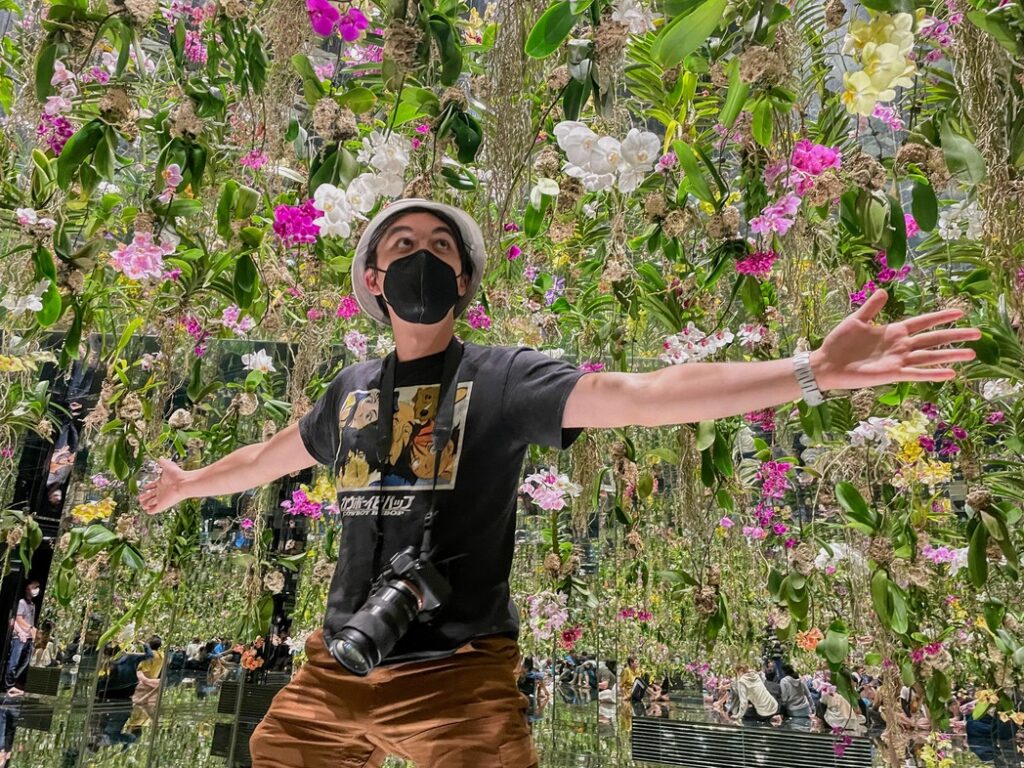
Which Teamlab museum is better for kids?
Answer: Teamlab Botanic and Teamlab Borderless is better if you are visiting with young kids.
Teamlab Botanic Gardens in Osaka is located in Osaka’s Nagai Botanical Gardens, basically a huge park. Its spacious nature means kids can run around and play without worry. Because Teamlab Botanic Gardens is open only in the evening, it’s a great place to burn off some excess energy before ending the day as well.
Teamlab Planets in Tokyo requires walking through water, with the water being more than a foot deep in some sections. Little ones with little legs will have to be carried, or an alternative route used with a parent to skip some of the experiences altogether. Although towels are provided after each water-filled section, water also creates an opportunity for spills and tumbles!
Teamlab Borderless is also an amazing museum for kids. This museum’s open-concept allows for kids to run around and enjoy the exhibits, similar to Teamlab Osaka. It also has kid-centric exhibits like one where you can color in a drawing of your favorite sea creature, and see it come to life on the walls! The central waterfall exhibit at Teamlab Borderless in Tokyo also has some elevation, basically a large slide for kids… and adults 🙂
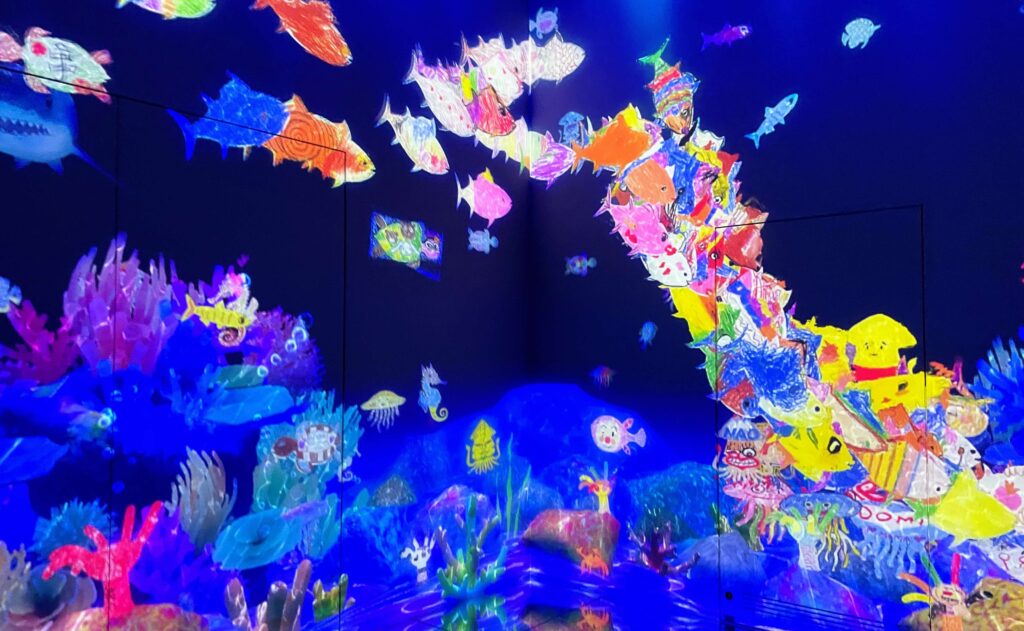
Which Teamlab museum is better for couples?
Answer: For couples who want to have a lovey-dovey excursion together, Teamlab Planets is best for you.
Teamlab Planets has several exhibits that are perfect for getting close to your significant other. The main attraction here is a large room filled with knee-deep water, a perfect hand-holding opportunity. Another exhibit was like a planetarium, where everyone could lie down and watch flowers fall across the sky, another potential cuddle sesh.
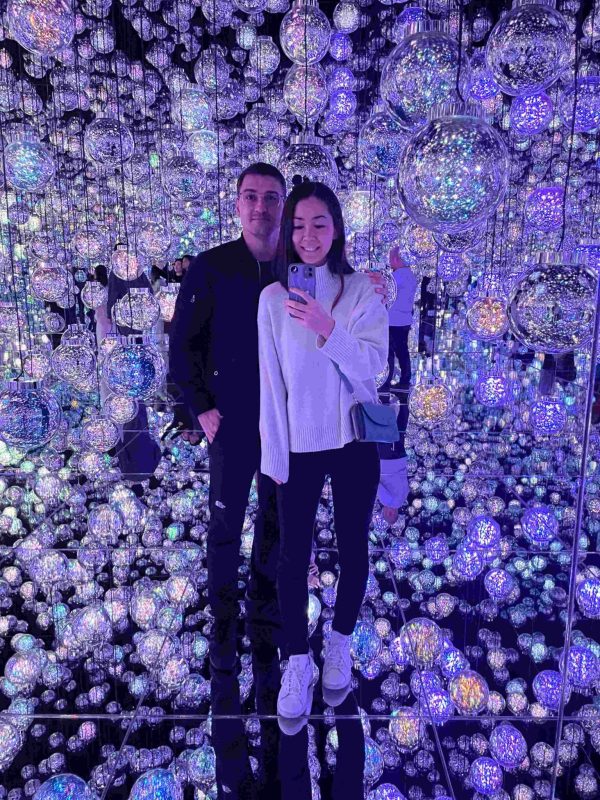
Which is less crowded, Teamlab Tokyo or Teamlab Osaka?
Answer: Teamlab Botanical Garden in Osaka is less crowded than Teamlab Tokyo
If you hate crowds, you’d better head to Teamlab Osaka and not Teamlab Tokyo for a number of reasons.
At Teamlab in Tokyo it is highly likely you’ll have to line up to enter the museums, even if you arrive right at your designated ticket time. In my experience this can be from 15-30 minutes. The interior of Teamlab Planets also follows a designated path, so you can only move as fast as the people in front of you. It is unlikely that you’ll have an area to yourself at Teamlab Planets in Tokyo because of the crowds.
Teamlab Botanical Garden also has a general direction that visitors should follow, however there is often a network of different paths that you can take. With plenty of trails, benches, and wide open space, Teamlab Botanic does not feel crowded. Teamlab Osaka is also built in one portion of a massive botanical garden, perfect for solitary night strolls away from crowds.
Teamlab Borderless is an open-concept museum, but being newly-opened and without any time limits on visiting, there are plenty of crowds here too. That being said, some rooms are less popular than others, so I was surprised during my visit, even on a weekend, that some areas were without crowds.
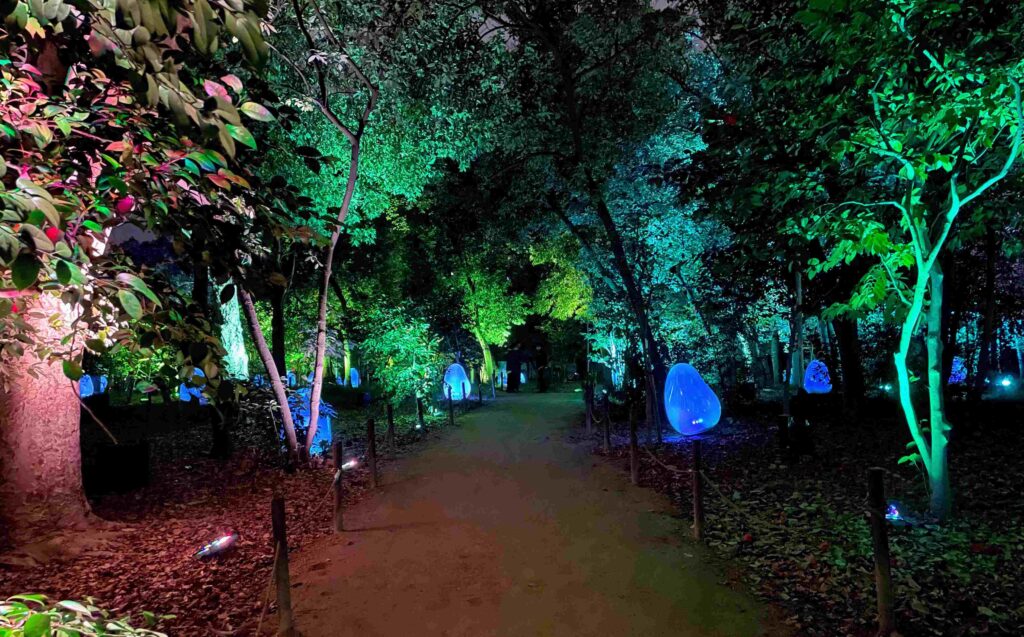
Which Teamlab museum is better overall?
Answer: In my opinion, the two Teamlab museums in Tokyo are more impressive than Teamlab Botanic in Osaka
Teamlab Borderless and Teamlab Planets have a large variety and number of immersive art exhibits, including experiences previously showcased at Teamlab Borderless in Odaiba, Tokyo. The exhibits are consistently visually appealing, and are sure to impress all visitors to Japan.
In comparison, Teamlab Botanical Garden has fewer exhibits, and even fewer that visitors can interact with or get great photos together with. As reflected in the prices of the Teamlab exhibits (4,400-3,200 yen for Tokyo and 1,600 yen for Osaka), the Tokyo Teamlab exhibits are a grander and more immersive display of digital art.
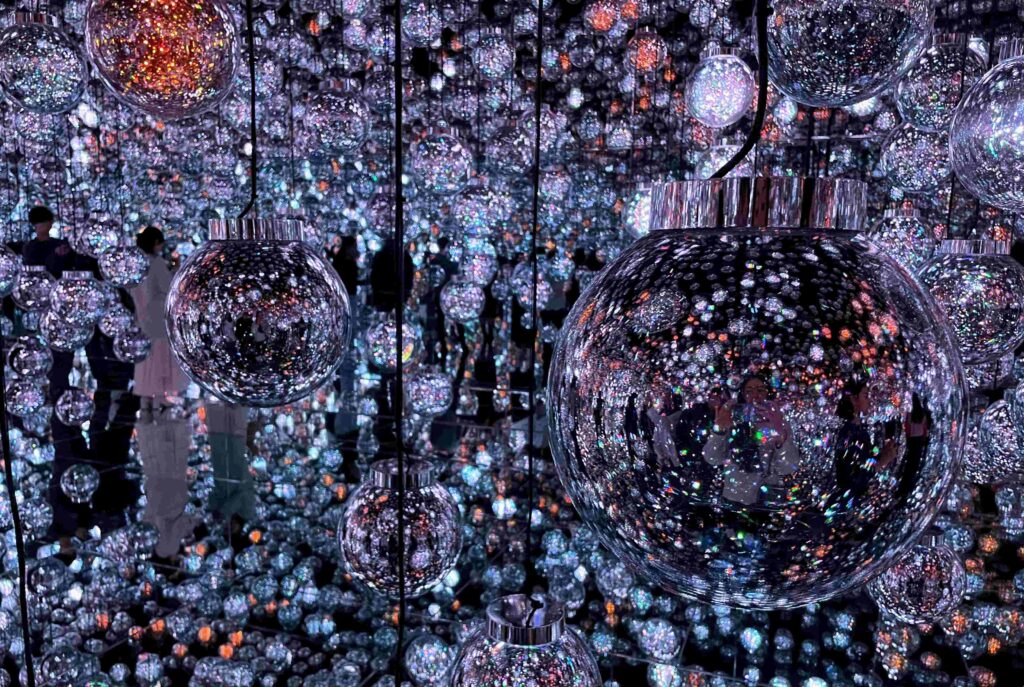
Teamlab Tokyo (Planets)
Teamlab Osaka (Botanic)
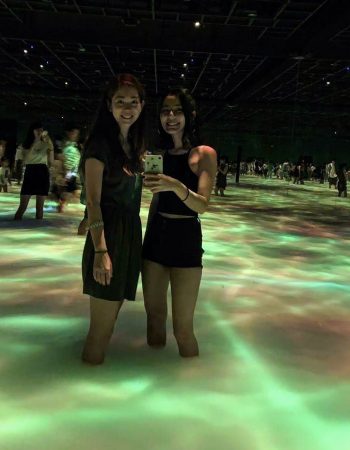
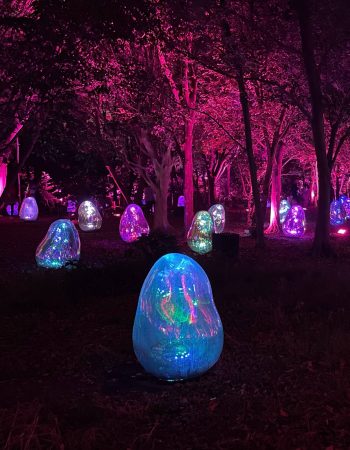
Are You Prepared For Your Trip To Japan?
Be sure to check out my Japan home page for Japan travel information, insider tips, reading list, and must-haves for traveling to Japan!
- Book Your Flights – To find the cheapest flights, flexibility is key. I use both Google Flights for their low fare calendar, and Skiplagged, which uses airfare loopholes to get the lowest prices. For a trip to Japan, check flights to both Tokyo airports (Haneda, Narita) and to Osaka (Kansai).
- Getting Around Japan: Prepare your JR Pass and Suica transit card before you depart.
- Book Your Accommodation – Check out Booking.com for the largest selection of accommodation in Japan. Consider having a bit of fun at one of these Weirdest Hotels in Japan too 🙂
- Book Local Excursions – Don’t miss out on world-class experiences, like Teamlab Borderless or Tokyo Disneyland, by booking tickets online now. Check GetYourGuide and Klook for fun experiences all around Japan.
- Stay Connected: Order a pocket WiFi for airport pickup if you’re traveling with family or with a large group. Solo traveling to Japan? Order a SIM card just for you.
- Pack Your Essentials – Check out my posts about Long Term Travel Gear, and Carry-On Luggage Packing Essentials.
- Read more on my Travel Resources page!



